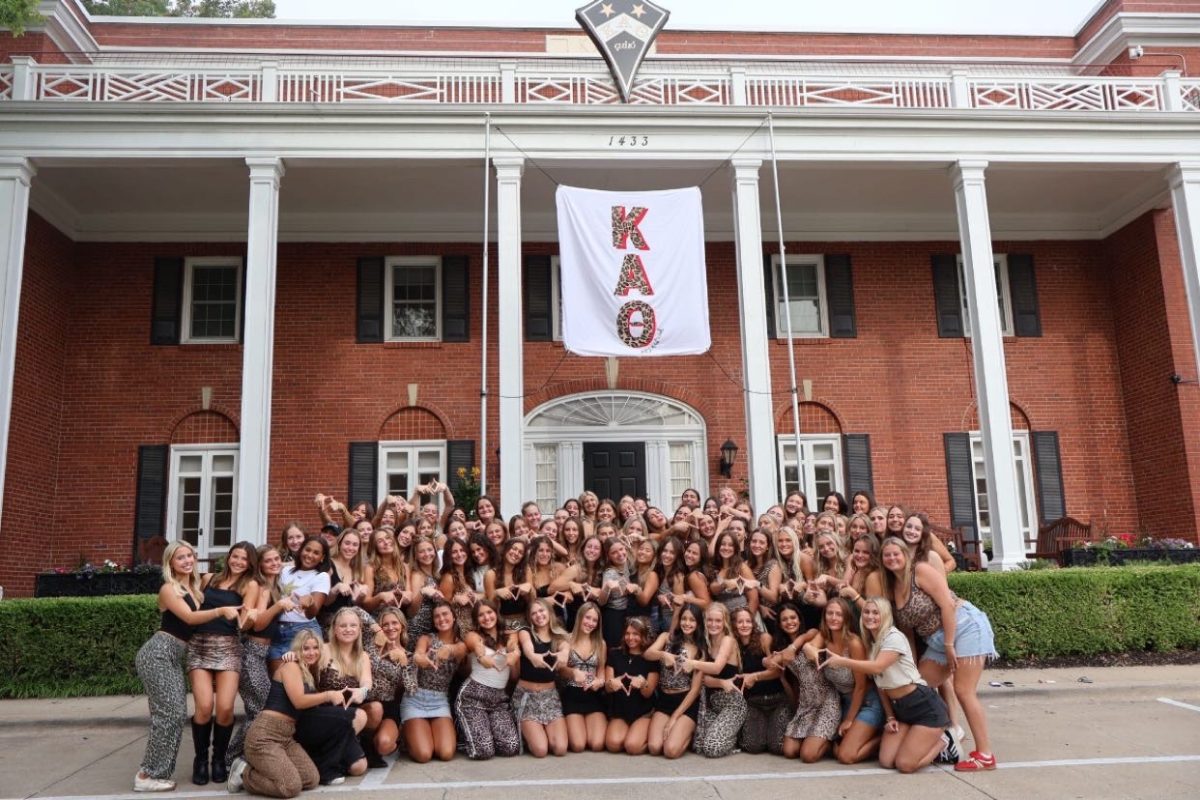As the 2024-2025 school year started, the topic on everyone’s mind was the altered dress code. Updates to the dress code during the summer sparked a controversy, leaving many parents and students displeased.
As these rules appeared in the dress code handbook, new reasons for the rules appeared as well. After a long history of stating that the dress code was the school’s approach to enforcing modesty guidelines, this year the administration began to say the new rules were included as a way to enforce professionalism and create a more workplace-like atmosphere for students. This inconsistency in reasoning was a cause of anger for many HBHA families.
Olivia Lieberman, a freshman at Pembroke Hill, Kansas City, Mo., does not face this problem at her school. When Lieberman was in middle school, her school had a dress code, but after several complaints saying it “was sexist and targeted at female students,” the school decided to do away with having a dress code at all. “The only rule is that you can’t show up in just your underwear,” Lieberman says.
At other schools, sweatpants are allowed every day. HBHA however, takes a more formal standpoint on clothing. Many students disagree with that idea, saying school should not feel like a “workplace environment.” Lieberman said, “I think that I work better when I wear sweatpants because I’m not worried about being uncomfortable.”
There were other factors that caused unrest at HBHA as the year started as well. Many Reform and Conservative students and parents felt that the new rules favored more Orthodox customs, but as a pluralistic school, HBHA has an obligation to honor each different sect within the community.
Any conversation about the new dress code always has an emphasis on community. HBHA’s definition of community is a group of people that are involved with HBHA, to whom they want the students to be presentable. Often, this means students are dressing in more modest styles that they wouldn’t typically wear outside of school.

Ariana Needle, a sophomore at a Modern Orthodox school in Illinois, dresses modestly every day. “At my school, we have to wear skirts that pass our knees, and they can only be black, navy, or gray,” she said. While she admits this sometimes frustrates her, she understands that at a single denomination, Orthodox school, you will be expected to follow a more strict dress code.
This aligns well with that school’s practices and views. Although HBHA has a large population of Orthodox students, forcing everyone to conform to one custom is unfair.
HBHA’s Head Rabbi, Rabbi Elizabeth Bonney-Cohen, one of the contributors to our dress code, states, “Part of being part of a community is following different norms that maybe we wouldn’t do on our own but that help to create an environment where everyone can feel welcome.” While this is a nice aspiration, the HBHA dress code fails to meet those standards.
While making this year’s dress code, the school tried to take focus away from girl’s clothing. “We really want to take the focus away from it being about shaming women or hypersexualizing,” Bonney-Cohen said.
Unfortunately, this year the exact opposite is what happened at HBHA.
Although one of the reasons behind the dress code is to minimize distraction from schoolwork, being dress-coded can alter your mood for the entire day. “It makes me feel weird and uncomfortable,” said Emily Stang, a sophomore at HBHA. Stang says the new dress code fails to divert focus away from female students, stating that teachers usually target girls and “boys don’t really get dress-coded.”
There are rules in HBHA’s dress code focused on men’s clothing, but the enforcement of them is much more lenient than that of female students. For example, if a boy is caught not wearing a kippah, they repeatedly get let off with warnings, which are allowed to accumulate the entire year without any consequences. In comparison, if a girl gets dress-coded for a third time, she gets detention. While boys can wear clothes you could find them in outside of school, most girls have to completely change their style to conform to school rules.
A highly controversial rule that exemplifies the targeting of female students is the one that bans tennis skirts. While tennis skirts are an item of clothing you could find most of the female students wearing on the weekends or outside of school, they are not considered appropriate at HBHA. Why? Because it doesn’t “respect” the wants of other community members.
Despite the fact that the HBHA dress code is built on the idea of all denominations being equal at our school, it unfairly restricts some people while not modifying anything for others. Why should the wants of some community members be held to a higher level of importance than others? Furthermore, at a pluralistic school, dressing a certain way to accommodate only one group’s needs is something that should never happen.

HBHA’s Mission Statement states: “We are a diverse community, united through our shared traditions, culture, and the values of the Torah. We strive to cultivate a generation of Jewish independent and ethical thinkers, determined to reach their greatest potential and have a positive impact on our people and the world.” If HBHA wishes to align with these values presented in its own mission statement, values of “diversity” and the cultivations of “independent thinkers,” then validating certain members of the community and their own viewpoints at the expense of others does not represent diversity, pluralism, or independent thinking.















